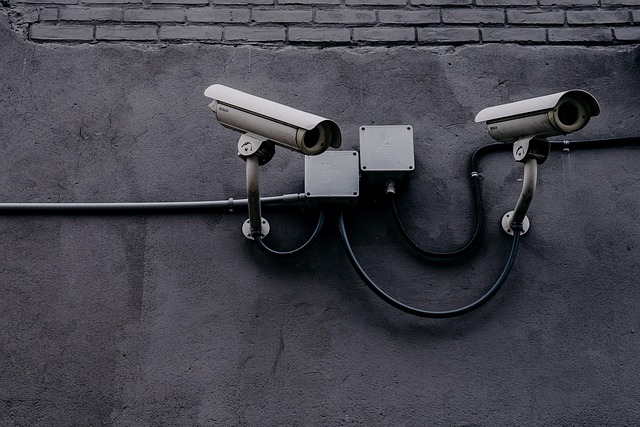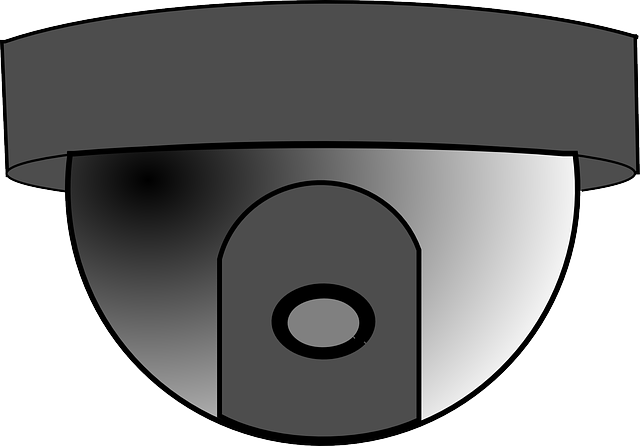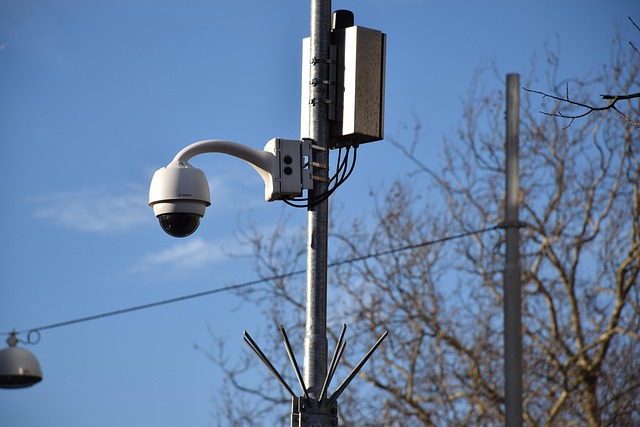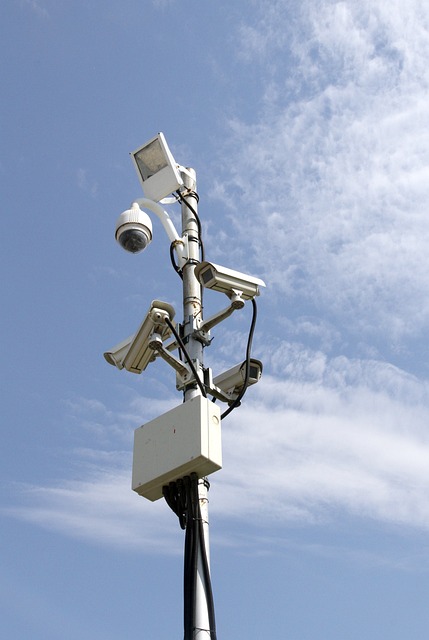Selecting effective surveillance solutions requires understanding specific needs like monitored areas, features (e.g., night vision), and storage options. Choose between CCTV or IP cameras, considering resolution, connectivity, and remote access. Align equipment with goals (security, monitoring) and environmental factors. Proper installation, strategic camera placement, and regular testing ensure optimal coverage. Legal and ethical considerations, including privacy rights and data protection, are crucial for societal harmony and trust in surveillance solutions.
Choosing the right surveillance equipment is a critical step in enhancing security and peace of mind. This comprehensive guide offers expert advice on navigating the diverse landscape of surveillance solutions. From understanding specific needs to selecting advanced features, we cover everything you must know. Learn about various equipment types, optimal installation strategies, and legal considerations for effective implementation. Discover how to transform your space with tailored surveillance solutions.
- Understanding Your Surveillance Needs: Defining Requirements
- Types of Surveillance Equipment: Cameras, Sensors & More
- Key Features to Consider When Selecting Surveillance Solutions
- Installation and Placement: Ensuring Optimal Coverage
- Legal and Ethical Considerations for Effective Surveillance Implementation
Understanding Your Surveillance Needs: Defining Requirements

Understanding your surveillance needs is the first step in selecting effective surveillance solutions. Before making a purchase, clearly define your requirements. Consider factors like the areas to be monitored, the level of detail needed, and any specific features required. For instance, if you’re looking to secure a large outdoor space, you’ll need equipment with wide-angle lenses and excellent night vision.
Definining your needs also involves determining the technology that best suits your purpose. Traditional CCTV cameras offer reliable surveillance but may require extensive wiring, while IP cameras provide greater flexibility with wireless connectivity and high-definition video streaming. Additionally, consider whether cloud-based storage is essential for remote access and backup.
Types of Surveillance Equipment: Cameras, Sensors & More

Surveillance equipment comes in various forms, each offering unique capabilities for different monitoring needs. At the core are cameras, which have evolved from traditional fixed models to advanced, remotely accessible devices. Modern surveillance cameras provide high-definition video footage, night vision capabilities, and motion detection, making them versatile tools for both indoor and outdoor use.
Beyond visual surveillance, sensors play a crucial role in comprehensive security systems. These include motion sensors that trigger alerts when movement is detected, as well as environmental sensors monitoring temperature, humidity, or even toxic gas levels. Integrating such sensors with cameras creates a robust surveillance solution, offering not just visual but also data-driven insights for enhanced security and peace of mind.
Key Features to Consider When Selecting Surveillance Solutions

When choosing surveillance equipment, it’s crucial to consider several key features that will ensure your chosen surveillance solutions meet your specific needs and deliver optimal results. Firstly, determine the primary goals of your surveillance system—whether it’s for security, monitoring, or both. This will guide your selection of camera types (e.g., analog, IP, PTZ), resolution (HD, 4K), and storage options (local, cloud).
Additionally, think about your environment: lighting conditions, weather exposure, and obstructions. Night vision capabilities and weatherproofing become essential in such cases. Network connectivity and remote access are also vital considerations for surveillance solutions, especially if you need to monitor or manage cameras from a distance. Finally, don’t overlook the importance of user-friendliness—a clear and intuitive interface can greatly enhance operational efficiency.
Installation and Placement: Ensuring Optimal Coverage

When setting up a surveillance system, proper installation and strategic placement are key to achieving optimal coverage. It’s essential to consider factors like field of view, angle of sight, and potential blind spots. Cameras should be positioned high enough to capture clear, unobstructed visuals while ensuring they align with the area requiring monitoring. For indoor spaces, mount cameras at eye level or slightly above to avoid distortions in footage quality. Outdoor installations might demand additional considerations, such as weatherproofing and adjusting for varying light conditions.
Strategic placement involves understanding the layout of the area you’re surveilling. Identify critical zones that require close observation and ensure these areas fall within the camera’s field of view. Consider common entry points, potential hiding spots, and traffic patterns to create a comprehensive network of surveillance solutions. Regularly testing and adjusting the system post-installation is crucial to fine-tune its performance and address any gaps in coverage.
Legal and Ethical Considerations for Effective Surveillance Implementation

Implementing surveillance solutions can have significant legal and ethical implications, requiring careful consideration before deployment. It’s crucial to understand the regulations governing privacy rights and data protection in your jurisdiction. Unauthorized or excessive monitoring can infringe on individual freedoms, leading to potential legal consequences and public backlash. Therefore, defining clear objectives and adhering to ethical guidelines is essential.
When choosing surveillance equipment, ensure it complies with relevant laws and respects privacy. This includes using cameras and sensors responsibly, obtaining necessary permissions, and limiting data collection to what’s strictly required. Transparent practices foster trust among the monitored population, enhancing the effectiveness of surveillance solutions while maintaining societal harmony.
Choosing the right surveillance equipment involves understanding your specific needs, considering various technological options, and adhering to legal boundaries. By defining your requirements, evaluating key features, and strategically placing devices, you can implement effective surveillance solutions that enhance security while respecting privacy. Remember to navigate these considerations with a balanced approach for optimal results.
